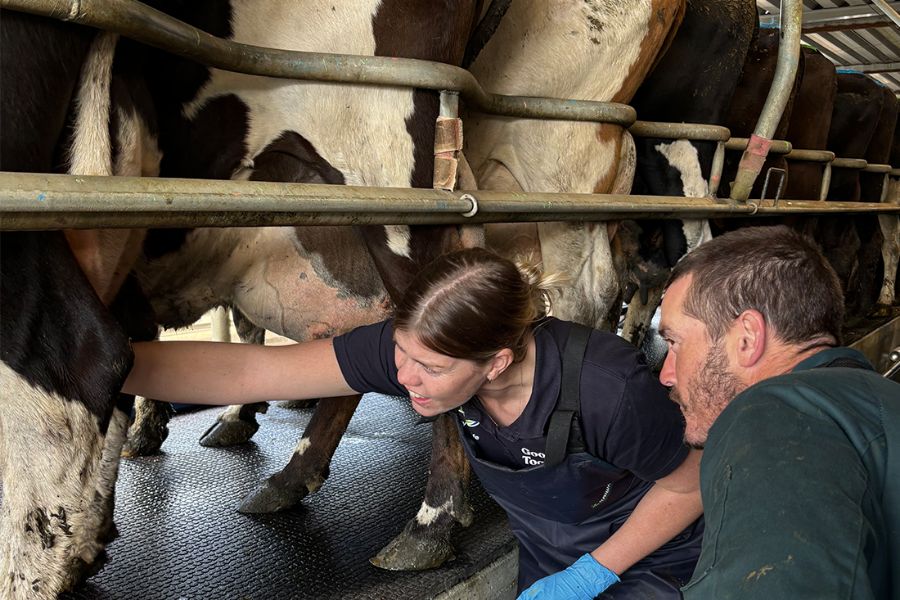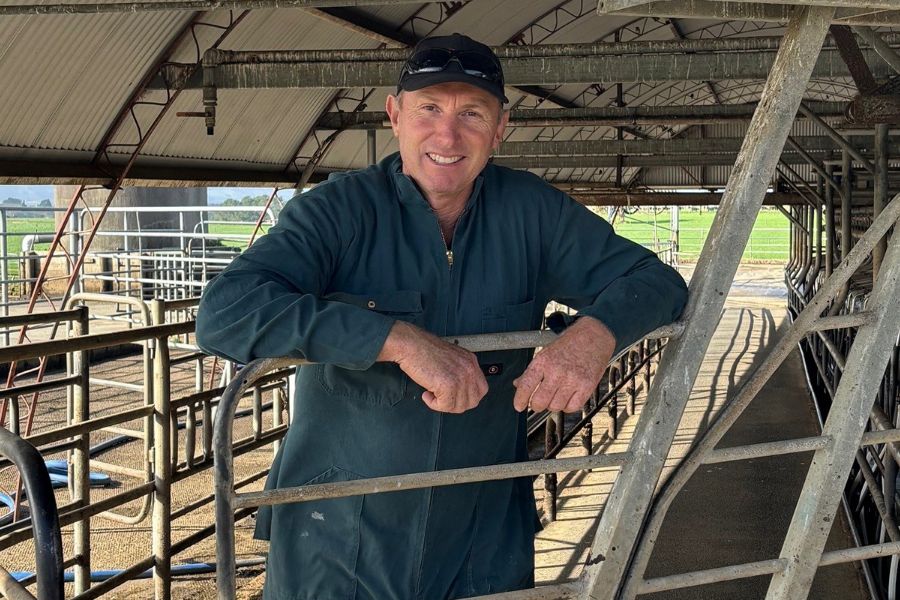Lower somatic cell counts with proven practices for a strong season ahead.
Fonterra farms supplied more than 1.5 billion kilograms of milk solids during the 2024/2025 (up 2.5% on the 2023/24 season), and farmers are on track to receive a record Farmgate Milk Price, reflecting the high quality of our milk.
New Zealand’s dairy is in demand worldwide, and it all stems from the quality milk produced on our farms. In the past season, more Co-op farms recorded “milk quality excellence” and across the Co-op, somatic cell count levels have dropped.
Farm Source’s General Manager On-farm Excellence – Milk, Grant Rudman, says Co-op farmers are increasingly taking a more proactive approach to infection control and on-farm milk quality practices.
“Across the country, we have seen more vigilance shown in the cow shed, better mastitis management and prevention. Lowering somatic cell counts is a cumulative process; it doesn’t happen overnight, and our farmers are increasingly taking a more proactive approach to mitigate the risks to animal health, which has a positive effect on overall milk quality,” Grant says.


